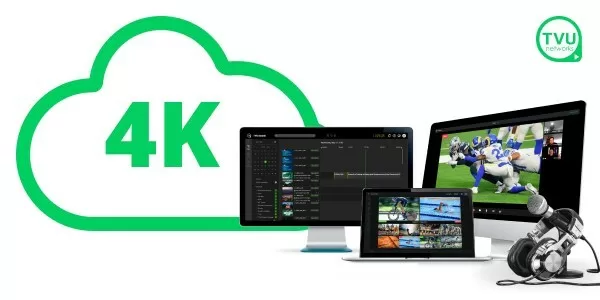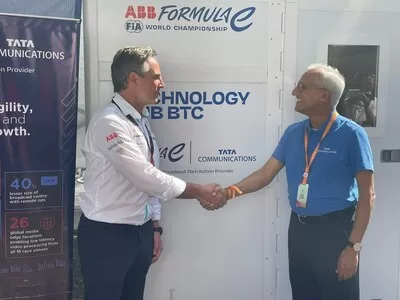BEIJING, Oct. 6, 2023 — WiMi Hologram Cloud Inc. (NASDAQ: WIMI) ("WiMi" or the "Company"), a leading global Hologram Augmented Reality ("AR") Technology provider, today announced that it developed…
IBC 2023: TVU Networks Introduces Native 4K Support Across Its Entire Live Cloud Video Production EcoSystem
Newest platform enhancement provides seamless cloud-based video production, playout, and distribution in 4K resolution for broadcasters, social media producers, and sports organizations CUPERTINO, Calif., Sept. 27, 2023 — TVU…
WiMi Developed Mask R-CNN-Based CSO, Reference Point, and Intelligent Extraction Technique
BEIJING, Aug. 18, 2023 — WiMi Hologram Cloud Inc. (NASDAQ: WIMI) ("WiMi" or the "Company"), a leading global Hologram Augmented Reality ("AR") Technology provider, today announced that it developed…
WiMi Developed an HMD-based Control System for Humanoid Robots Controlled by BCI
BEIJING, July 21, 2023 — WiMi Hologram Cloud Inc. (NASDAQ: WIMI) ("WiMi" or the "Company"), a leading global Hologram Augmented Reality ("AR") Technology provider, today announced its development of…
WiMi Proposes A Vehicular Networks-based Consensus Algorithm to Improve Data Security And Response Speed
BEIJING, July 14, 2023 — WiMi Hologram Cloud Inc. (NASDAQ: WIMI) ("WiMi" or the "Company"), a leading global Hologram Augmented Reality ("AR") Technology provider, today announced the proposal of…
WiMi Hologram Cloud Proposes A New Lightweight Decentralized Application Technical Solution Based on IPFS
BEIJING, July 12, 2023 — WiMi Hologram Cloud Inc. (NASDAQ: WIMI) ("WiMi" or the "Company"), a leading global Hologram Augmented Reality ("AR") Technology provider, today announced a blockchain distributed…
WiMi to Work on Convolutional Neural Network-Based Image Enhancement Algorithms
BEIJING, March 8, 2023 — WiMi Hologram Cloud Inc. (NASDAQ: WIMI) ("WiMi" or the "Company"), a leading global Hologram Augmented Reality ("AR") Technology provider, today announced that it is…
WiMi Hologram Cloud Launches WIMI-MR System to Explore AI Real-Time Holographic Display
BEIJING, Feb. 24, 2023 — WiMi Hologram Cloud Inc. (NASDAQ: WIMI) ("WiMi" or the "Company"), a leading global Hologram Augmented Reality ("AR") Technology provider, today announced that it has…
WiMi Hologram Cloud Develops A Digital Content Compression and Processing System for Web 3.0
BEIJING, Feb. 21, 2023 — WiMi Hologram Cloud Inc. (NASDAQ: WIMI) ("WiMi" or the "Company"), a leading global Hologram Augmented Reality ("AR") Technology provider, today announced that it has been continuously optimizing…
FORMULA E AND TATA COMMUNICATIONS ANNOUNCE MULTI-YEAR COLLABORATION
Tata Communications becomes Official Broadcast Distribution Provider to the ABB FIA Formula E World Championship Multi-year strategic relationship supports Formula E’s innovative new remote broadcast production set up,…







